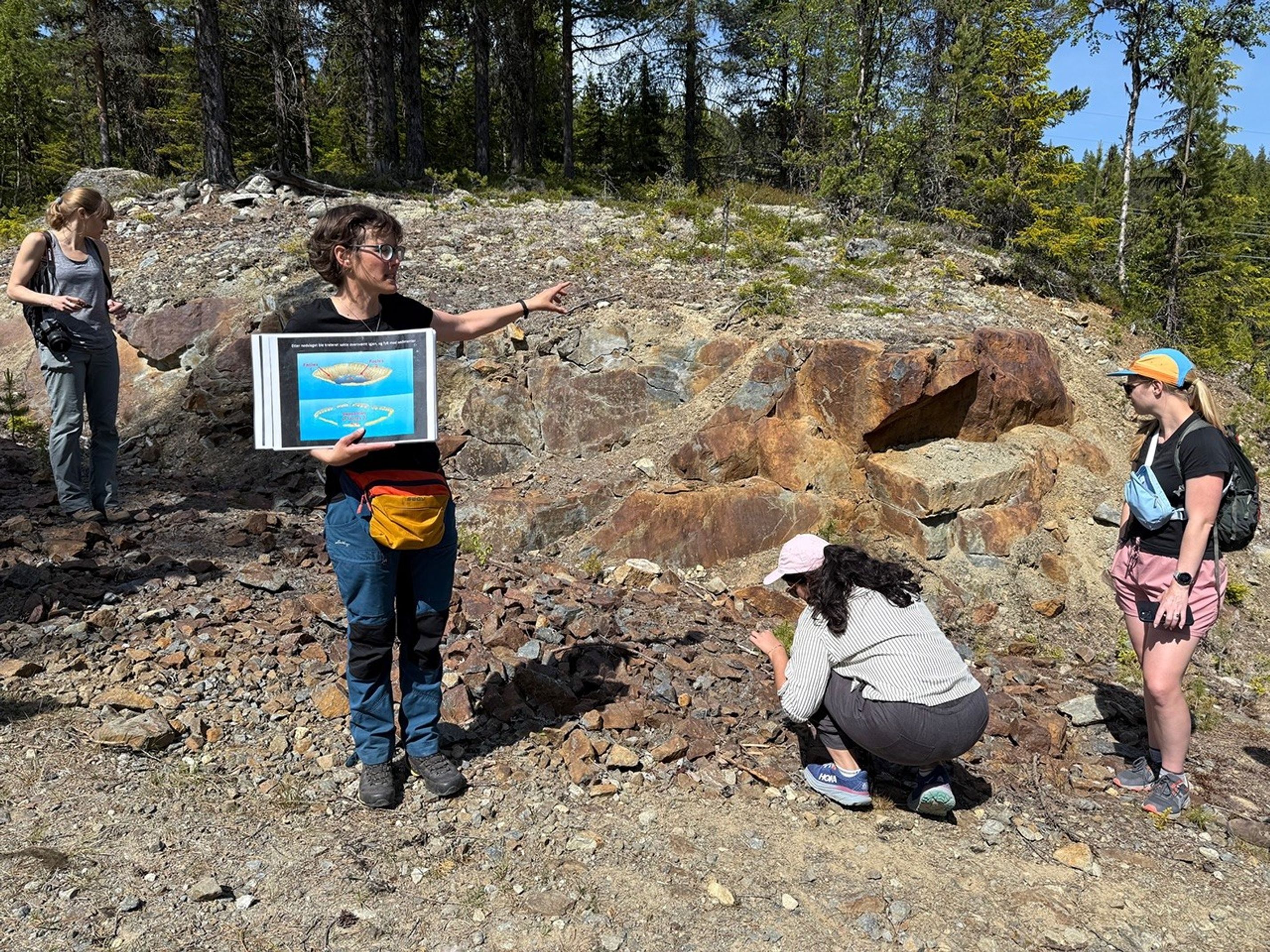It's winter for Curiosity, and it's cold. That means that we have to spend extra energy heating up the instruments and motors for our activities. All of our energy comes from batteries, charged by the RTG.
It's winter for Curiosity, and it's cold. That means that we have to spend extra energy heating up the instruments and motors for our activities. All of our energy comes from batteries, charged by the RTG. The RTG gives us more power than solar panels would, but in the winter, we are still limited by the amount of power it can generate. That means we have to choose among various activities.
Tosol (today on Mars), we chose to save a little extra power for a big science day solorrow (tomorrow on Mars). Thus, we planned only one ChemCam analysis, which was on the target "Monreith," accompanied by a Mastcam image to document the analysis. We also asked Curiosity to take a Mastcam mosaic looking west to document the topography. After playing photographer, Curiosity will drive up to the escarpment we've been imaging to the south (see yestersol's update). Once there, Curiosity will image its surroundings as well as look for clouds in the sky. Winter is the cloudy season at Gale Crater, so we are doing extra cloud imaging to better understand the atmosphere.
Seasonal changes provide important insights into the climate of Mars. Thus, winters are particularly interesting times for environmental observations even if the cold means that we can't take as much data as we can in the warmer months.
Written by Dawn Sumner, Planetary Geologist at University of California Davis































